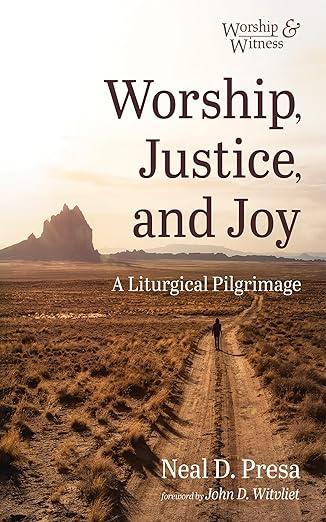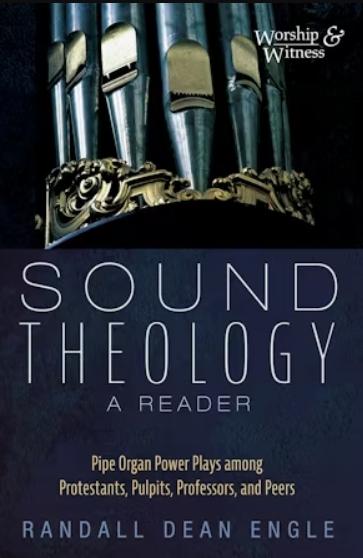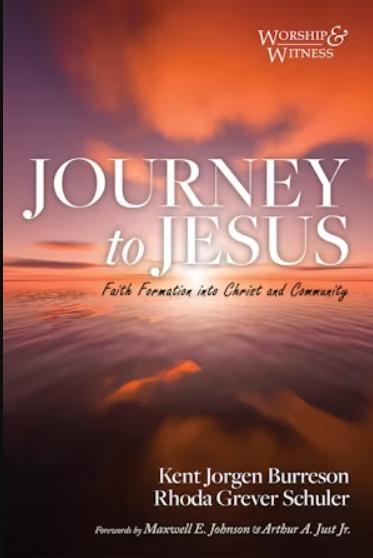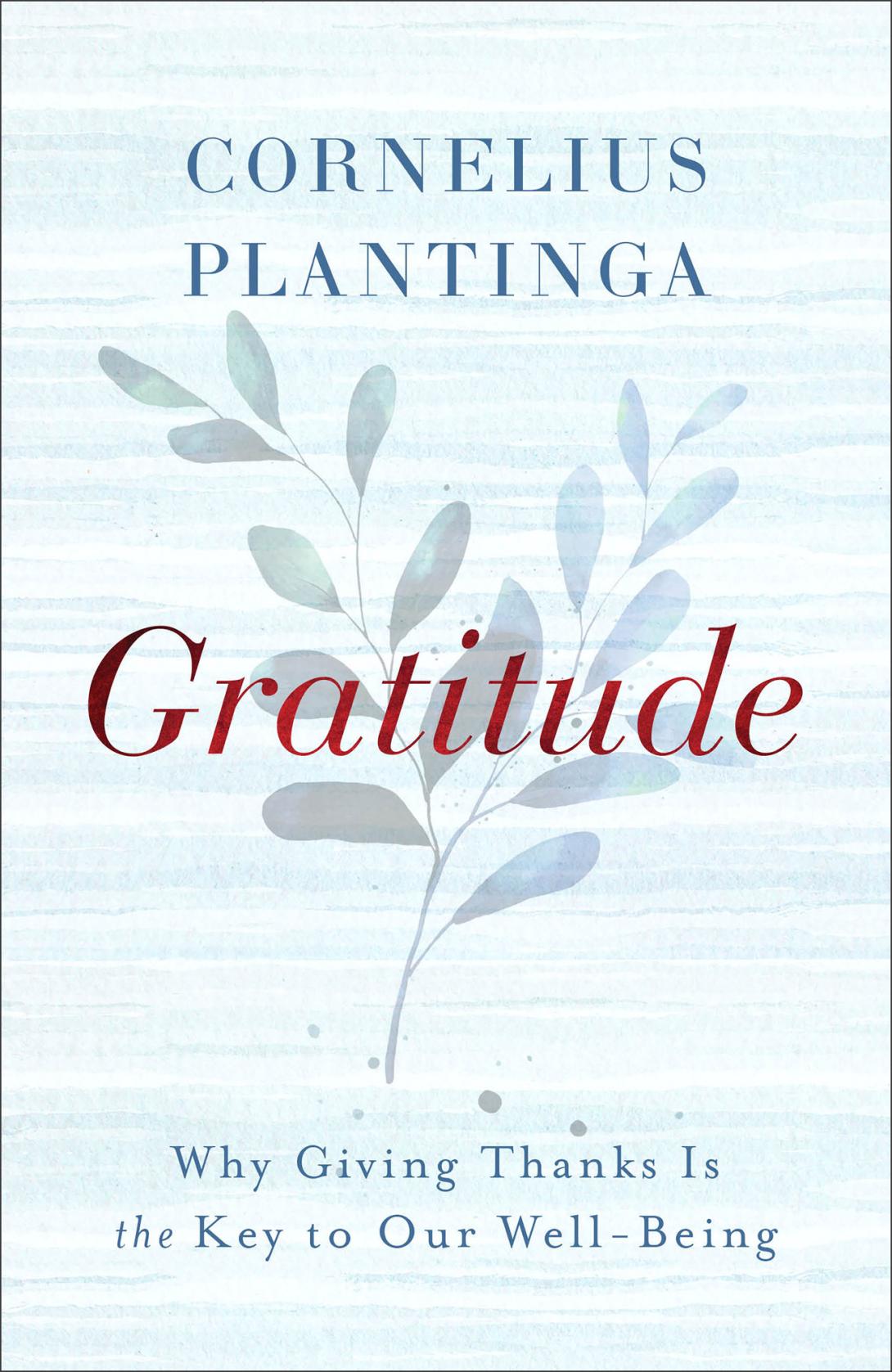Book Details
Baroque, Gothic, Romanesque, Greek. These traditional architectural styles are easily recognizable in public buildings and especially in houses of worship. Each has a particular influence on sacred space, and all tend to highlight the utter transcendence of God.
In An Architecture of Immanence Mark Torgerson asserts that modern architecture has heavily influenced the construction of new sacred spaces, producing a new way of building that emphasizes God's coming near to us.
Torgerson begins by discussing a proper understanding of God's transcendence and immanence and showing how church architecture has traditionally interpreted these key concepts. He then traces the theological roots of immanence's priority from liberal theology and liturgical innovation to modern architecture. Next, Torgerson illustrates this new architecture of immanence through particular practitioners, focusing especially on the work of theologically savvy architect Edward Anders Sövik. Finally, he addresses the future of church architecture as congregations are buffeted by the twin forces of liturgical change and postmodernism.
A celebration and exploration of the modern conception of sacred space, An Architecture of Immanence will interest architects, liturgists, and all Christians who seek to read the sacred spaces of the recent past.
Recent Publications
Worship, Justice, and Joy: A Liturgical Pilgrimage
By: Neal D. Presa
This book connects the pilgrimage of life and faith to parallel movements of worship as communities gather to hear, read, proclaim, receive, and witness to the word of God.
Sound Theology: A Reader
By: Randall Dean Engle
This book brings to life in English for the first-time primary, curated sources associated with the pipe organ controversy in the Netherlands during the Reformation.
Journey to Jesus
By: Rhoda Grever Schuler , Kent Jorgen Burreson
When many Christian congregations are asking, "How can we draw new members into our midst?" the authors reframe the question: "How can congregations make new disciples and deepen the faith of long-time Christians?"
Worship, Justice, and Joy: A Liturgical Pilgrimage
By: Neal D. Presa
This book connects the pilgrimage of life and faith to parallel movements of worship as communities gather to hear, read, proclaim, receive, and witness to the word of God.
Sound Theology: A Reader
By: Randall Dean Engle
This book brings to life in English for the first-time primary, curated sources associated with the pipe organ controversy in the Netherlands during the Reformation.
Journey to Jesus
By: Rhoda Grever Schuler , Kent Jorgen Burreson
When many Christian congregations are asking, "How can we draw new members into our midst?" the authors reframe the question: "How can congregations make new disciples and deepen the faith of long-time Christians?"
Gratitude: Why Giving Thanks Is the Key to Our Well-Being
By: Cornelius Plantinga, Jr.
In Gratitude, award-winning author Cornelius Plantinga explores these questions and more. Celebrating the role of gratitude in our lives, Plantinga makes the case that it is the very key to understanding our relationships with one another, the world around us, and God.




